Learning how to edit your novel before a professional book editor even sees it is smart. When there are fewer minor errors, a hired editor can focus on large-scale issues: Plot holes and inconsistencies and issues of style and tone. To edit your own writing, try these 8 simple steps:
1. Know how to edit your novel with fresh eyes: Take a break
You can read every tip there is on how to edit your novel, but if you're so used to reading over errors that you miss them, you won't weed these out.
Before you even attempt to edit your draft, take a break and step away. You might think this will make you lose momentum, but if you give yourself a set period of time for a break, you'll return refreshed and ready.
Even when you take a week-long break from working on your draft, your unconscious mind will still be slotting things into place. You'll be surprised at the types of connections that you’ll make on returning to work. If you are a writer who edits as you go, taking small breaks between finishing sections will also help and may give green story ideas a little time to grow and unfurl.
To revise effectively distance is important. Ernest Hemingway supposedly said 'write drunk, edit sober'. Even if you think this is bad advice (and it certainly is if you take it literally), it makes sense metaphorically. I.e. when you create, this is the time to let your unconscious fill the page, without the 'sober' internal censor, the self-aware mind. Taking a short break will allow you to come back down to earth from the giddy drunkenness of creating and see your writing's detail and large-scale structure with less immediate involvement and greater clarity.
2. Write up a list of questions to guide your editing
Make yourself a checklist of issues you want to examine over the course of your novel. Some of your points will be genre-specific. For example, if you are writing a romance novel, remind yourself to examine how your love story progresses as a continuous arc. If you are writing a crime novel, ensure that your clues are appropriately placed and reveal just enough to readers. If you are writing science fiction or fantasy, you will need to make sure your world-building is solid.
Here are some of the questions you may want to ask yourself as you revise:
- Is your story structured well? If you followed some version of the three-act structure, did you maintain that structure and does it create a satisfying form?
- Does your plot make sense? What about the subplots? Do the subplots work with the plot, or do they distract from it or make the book seem like too much is happening?
- Are your characters well-developed? Do they seem like they could exist as flesh and blood? Do they behave in ways that are consistent with how they are characterized in prior scenes?
- How is your setting? Is it fully realised? Does it need more or less detail? Is it integral to the story?
- Are there places in the book where the narrative seems to drag? Can you identify why?
- Do you tell readers the right information at the right time, avoiding info dumps?
- How is your language? Are your sentences grammatically correct? Are any of them needlessly confusing?
This is just a start; you will have your own questions you’ll want to consider. Once you’ve made your plan, it’s time to start the actual revision:
3. Organize your editing process
It's easier to edit when you have a structured process. Preparation is key. Before you start editing a chapter, do a read through. Fix minor errors at this stage (typos and spelling errors) but just note any larger-scale errors (such as plot inconsistencies) that could affect characters' arcs elsewhere in your book. To organize how you edit your novel:
a) Organize your document management
It's a good idea to save each chapter of your novel as a separate document, and to save new edits to duplicate versions named accordingly (e.g. 'Chapter 2 - 1st edit'). This way you can easily backtrack to prior versions and compare to make sure you have your favourite versions in your final draft.
b) Organize all reference sources
As you edit your novel, keep a dictionary, thesaurus and any other sources you might need near. If you prefer online versions of these sources to books, save bookmarks in your browser you can quickly access whenever you want to find a more dazzling synonym or check a fact.
c) Organize your actual editing process
When you get down to combing through your draft it helps to have a bare-bones skeleton of your novel to refer to. If you didn't create an outline or summary, you can still do this when your draft is complete. Create a brief, three or four-line summary of what happens in each chapter (or each scene) so that the core character and plot developments of each section are in focus while you edit. This will help you remember to make cuts or changes that highlight these key plot points and stop your plot from sometimes meandering off course.
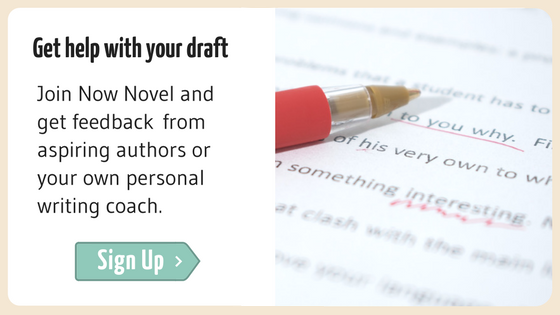
4. Make a schedule for your editing
Just as you (ideally) did for your novel, make a schedule for your revision. Think about what other tools might help you with your revision. You’ll a system to take notes and keep track as you complete crucial editing tasks.
The system that works best for you depends on you. You might choose to use multicoloured index cards or sticky notes, spreadsheets, or a notebook divided into sections with different coloured pens for different revision notes (e.g. one colour for character development notes, another for setting description changes).
When you decide how to edit your novel, your system can be as formal or informal as you like. For example, you might decide to highlight every section where the story's pace seems slow to you in a specific colour (such as blue) and return to each of these in sequence as one part of your editing process. The most important thing is that the editing system you use is intuitive for you and helps rather than hinders you.
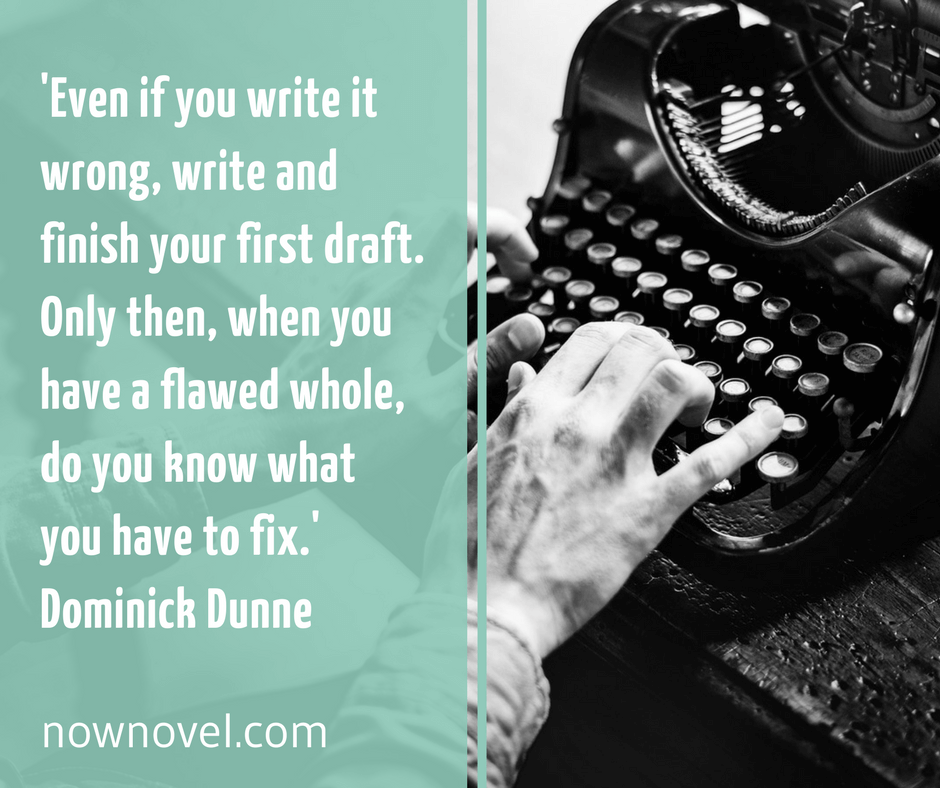
5. Know your overused crutch words and phrases and other quirks
In Ben Blatt's book Nabokov's Favourite Word is Mauve, he shares the opening three-word phrases that popular authors use most. For example, in Fifty Shades of Grey E L James' top three opening phrases are 'Christian Grey CEO', 'I want to' and 'My inner goddess'. If you are worried that you have crutch words or phrases that you abuse (rather than consciously choose) throughout your book, use your word processor's 'find' feature to locate them and vary your prose more.
If E L James, for example, wanted something a little less purple prose -like than 'my inner goddess', it would have been easy for her to search this phrase and make some substitutions.
The 'find and replace' feature of popular word processors is also useful if a character or place description needs to change throughout your book. As an example, say you described a fantasy villain's fortress as iron but realize during editing you've set your novel in pre-industrial times, you could easily choose an alternative adjective (such as 'stone') and do a quick find and replace for any two-word phrases such as 'iron citadel', to make it 'stone citadel' instead.
6. Edit for clarity and concision
Getting rid of the guff that doesn't contributing anything will make your final manuscript better. Concise (to the point) writing is usually a pleasure to read.
So how do you edit for clarity and concision?
Get rid of unnecessary filter and filler words
Filter words are words or phrases that tell readers about everything characters do, see, hear or think instead of just showing the thing itself. For example, the filter words in this paragraph are in bold:
'John saw a strange light emanating from the cottage that he'd stumbled across in the woods. He thought that it would be foolish to approach and try the handle. Yet he felt curious about what was inside.'
Compare to this:
'A strange light was emanating from the cottage John had found in the woods. It would be foolish to try the handle. Yet he had to know what was inside.'
This shorter paragraph is clearer and we see what the character sees rather than being told about it. Filter words aren't always bad, but if they aren't crucial to understand the meaning, cut them out. Read these tips on revising a too-long manuscript.
Delete doubled words and redundant modifiers
Doubled words are words that mean the same thing, used together (e.g. 'basic fundamentals'). If two words mean the same thing in any sentence of your draft, choose the word that's easier to follow, unless there is good reason to choose the complex option.
Redunant modifiers are descriptive words that are already implied in the word they describe, for example: 'He knew the basic fundamentals'. 'Fundamentals' are the basic rules on which an idea or subject is based, thus 'basic' is unnecessary.
Read a brief , bullet point guide to editing for concision here.
7. Make multiple passes when you edit
Learning how to edit your own writing is challenging if you're impatient. Editing is seldom a one-step process. Once you've done a first read through and noted minor elements that need changing, go through the book more carefully and address the major elements. Use your checklists to look at plot, structure, character, setting and the other major parts of your novel.
If you find that you are going to be doing major rewrites, you should work on those rewrites before you do more detail-oriented corrections (line editing). Reading over multiple times for depth and detail as well as large-scale structural issues will ensure you catch more. Just remember to take breaks between edits!
8. Get peer and professional writing feedback
The final step to revising a draft is having others read your work. You may already have writing friends or belong to a writing group, or you might want to find a group. You can also use the Now Novel Groups section to submit extracts of your work in progress for feedback from our community. Working with a writing coach is also a viable way to take your manuscript to a higher level. Learn more about our mentoring services here. Or do you need thorough, thoughtful and constructive feedback on your finished draft (or what you have so far)? Learn about our editing services and request a no-obligation quote here.
What is your top tip for self-editing fiction?

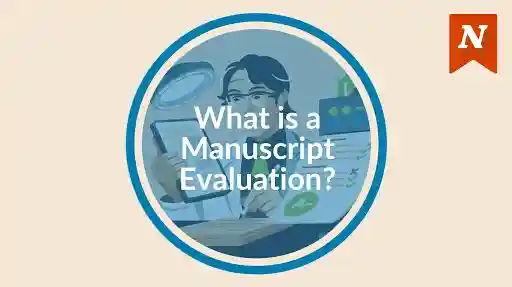
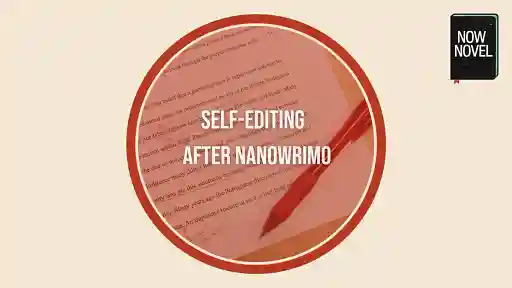
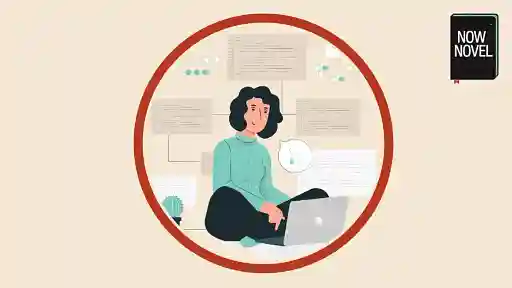






i am on my first writing wanting to finish my novel.....guys ,i have read through your posts and i have found them useful ....if u can drop me some tips on how to complete a book till it reaches the market i will be thankful
Vicky Mayaka - Almost 10 years ago
Hi Vicky, I'm really glad you've found my posts useful! Could you perhaps be a bit more specific about what part of your book you're struggling with? My advice would be to just keep drafting without going back to edit until you've reached what feels like a suitable end for your story. Best of luck with the rest of the writing process!
Bridget At Now Novel - Almost 10 years ago
My advice: Get an editor. Now.
The Nate - Almost 10 years ago
When it comes to reading your novel after it's completed, you won't pick up every problem simply because you will read what you meant to write and not what you have actually written. If you have text-to-speech software on your computer use it. Listening to someone read it aloud as you follow along, you'll be able to quickly highlight the section you need to fix. I've been using a programme called "Natural Reader." There is a free version or you can get a paid version where you choose your voice - male/female, English/American accent. You can also speed up or slow down how fast they read. I highly recommend it.
Lyn - Over 9 years ago
Hi Lyn, Thanks so much for the contribution - that's a great tip you share. The eye might be fooled through the dulling of repetition but the ear won't be.
Bridget At Now Novel - Over 9 years ago
This sounds like something like Shawn Coyne's Story Grid works on.
Njn - About 9 years ago
I have a question, I completed the 3rd draft of my novel and I believe that my plot structure is really solid. I outlined and made character sketches, and I fixed plot holes in my outline before I even started on the manuscript. Can I just skip to grammar, punctuation and sentence structure? Because I am not trying to toot my own horn(I went through lots of drafts to get this right) but I honestly don't think this 3rd draft will require a rewrite. Beta readers are always a necessity of course
Marissa - Almost 9 years ago
Hi Marissa. It's hard to say without having read the draft, but as you say beta readers will let you know if there's anything glaringly problematic in terms of structure or characterization. Go for it.
Bridget At Now Novel - Almost 9 years ago
This has really helped me with my writing and editing. Your blog posts have in fact inspired me to start writing!
Ian Su - Over 7 years ago
I'm so glad to hear that, Ian. Good luck and enjoy!
Bridget At Now Novel - Over 7 years ago
I have finished writing my short novel and am almost through self-editing. I also have a friend who has been in the English teaching industry for many years looking through it for me as well in her spare time. If I have her editing my novel (and she is very meticulous at it, mind you) do I really need to get a professional editor to look over it, or should I jump straight into finding a literary agent and publisher?
Liam Shaw - About 7 years ago
Hi, I'm working on the first of (Hopefully) many novels. It is a tween fantasy/romance 50,000 word book. I am currently 26,000 words in. The only problem is I'm 12. I'm worried that publishers won't take me seriously because of my age even though I am VERY serious about this book. Are my concerns valid? Suggestions?
Mia - Over 4 years ago
Hi Mia, it's fantastic you're committed to your writing at such a young age. The practice you're getting now will stand you in good stead, regardless of what publishers may say (often authors' first novels are not the ones publishers accept, as one improves as one goes, so it may help to remember this if ever a publisher turns down your manuscript). Often, the youth of an author will actually be a press talking point the publisher can use to drum up additional interest, so it could count in your favour. There was lots of mention of how young the 2020 winner of the International Man-Booker prize was, for example. Provided the manuscript is edited well and there's a market for your story your age shouldn't matter. However there may be certain legal aspects involving contracts requiring the author is over a specific age. Publishing is a lengthy process, so by the time you are finished your MS and the book would be ready for print there is a chance you would be over 18. Good luck and I would advise focusing on the story for now and not worrying too much about publishers for the time being - there's always the indie option, too.
Jordan - Over 4 years ago